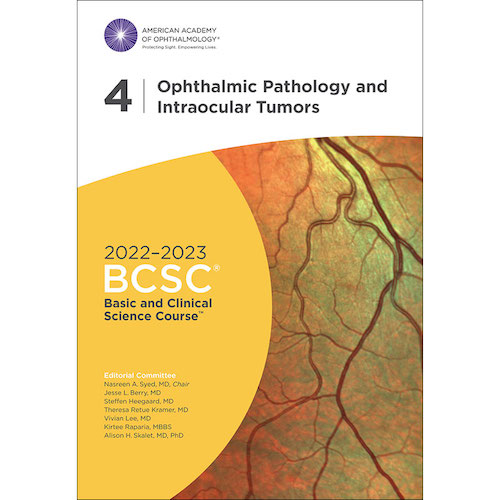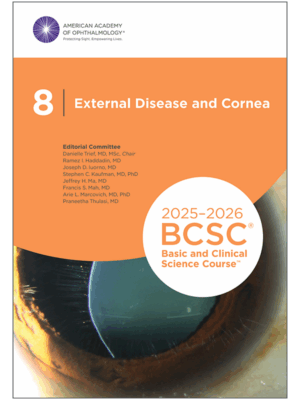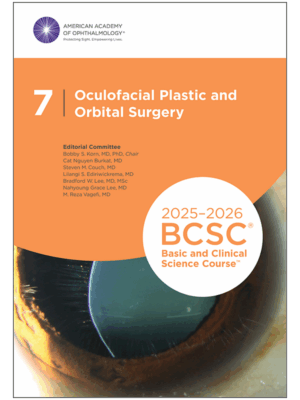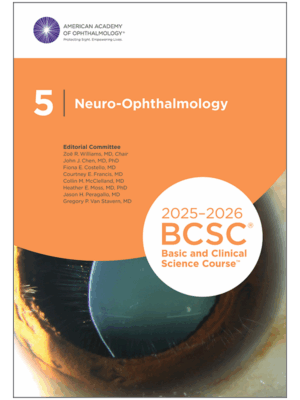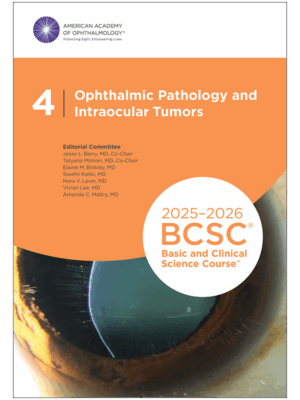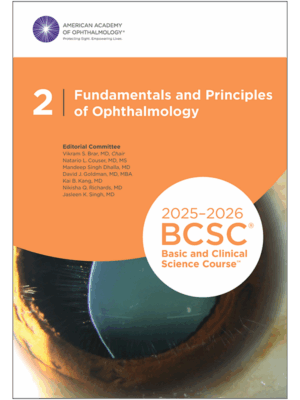No products in the cart.
Courses, General Ophthalmology, Ophthalmic Pathology and Intraocular Tumors, Ophthalmology Books
2022-2023 Basic and Clinical Science Course, Section 04: Ophthalmic Pathology and Intraocular Tumors
By American Academy of Ophthalmology
Format : Original PDF + 6 Videos
File Size : 661 MB
$10.00
The “2022-2023 Basic and Clinical Science Course, Section 04: Ophthalmic Pathology and Intraocular Tumors” is a comprehensive guidebook published by the American Academy of Ophthalmology (AAO) that covers the pathology of eye diseases and tumors.
The guidebook is designed for ophthalmology residents, practicing ophthalmologists, and other eye care professionals who are interested in gaining a better understanding of ophthalmic pathology and intraocular tumors. It is divided into several chapters that cover topics such as the anatomy and physiology of the eye, the pathophysiology of eye diseases and tumors, the histopathology and cytology of eye tissues, and the diagnosis and management of eye tumors.
The book covers a wide range of eye diseases and tumors, including inflammatory eye diseases, inherited eye disorders, ocular neoplasms, and other conditions that affect the function and structure of the eye. It provides detailed discussions of the diagnostic tools and techniques used to identify these diseases and tumors, including imaging studies, biopsies, and other diagnostic procedures.
The information in the book is presented in a clear and concise manner, and is accompanied by numerous high-quality illustrations and images to enhance the reader’s understanding of the material. The guidebook also covers the latest research and developments in the field of ophthalmic pathology and intraocular tumors, including new diagnostic and treatment modalities.
Overall, the “2022-2023 Basic and Clinical Science Course, Section 04: Ophthalmic Pathology and Intraocular Tumors” is an essential resource for anyone involved in the diagnosis and management of eye diseases and tumors. It serves as a valuable reference for clinical practice and continuing education in ophthalmology.

